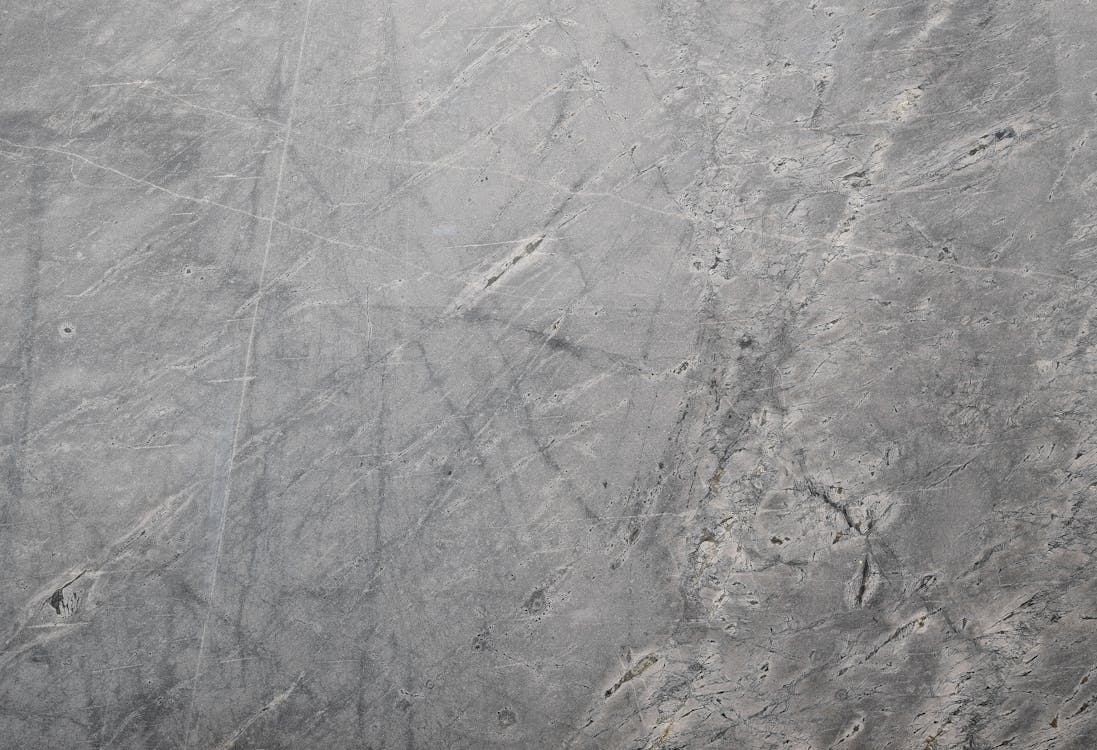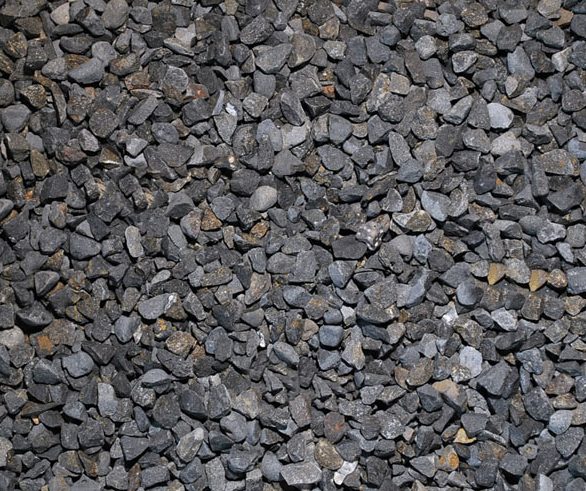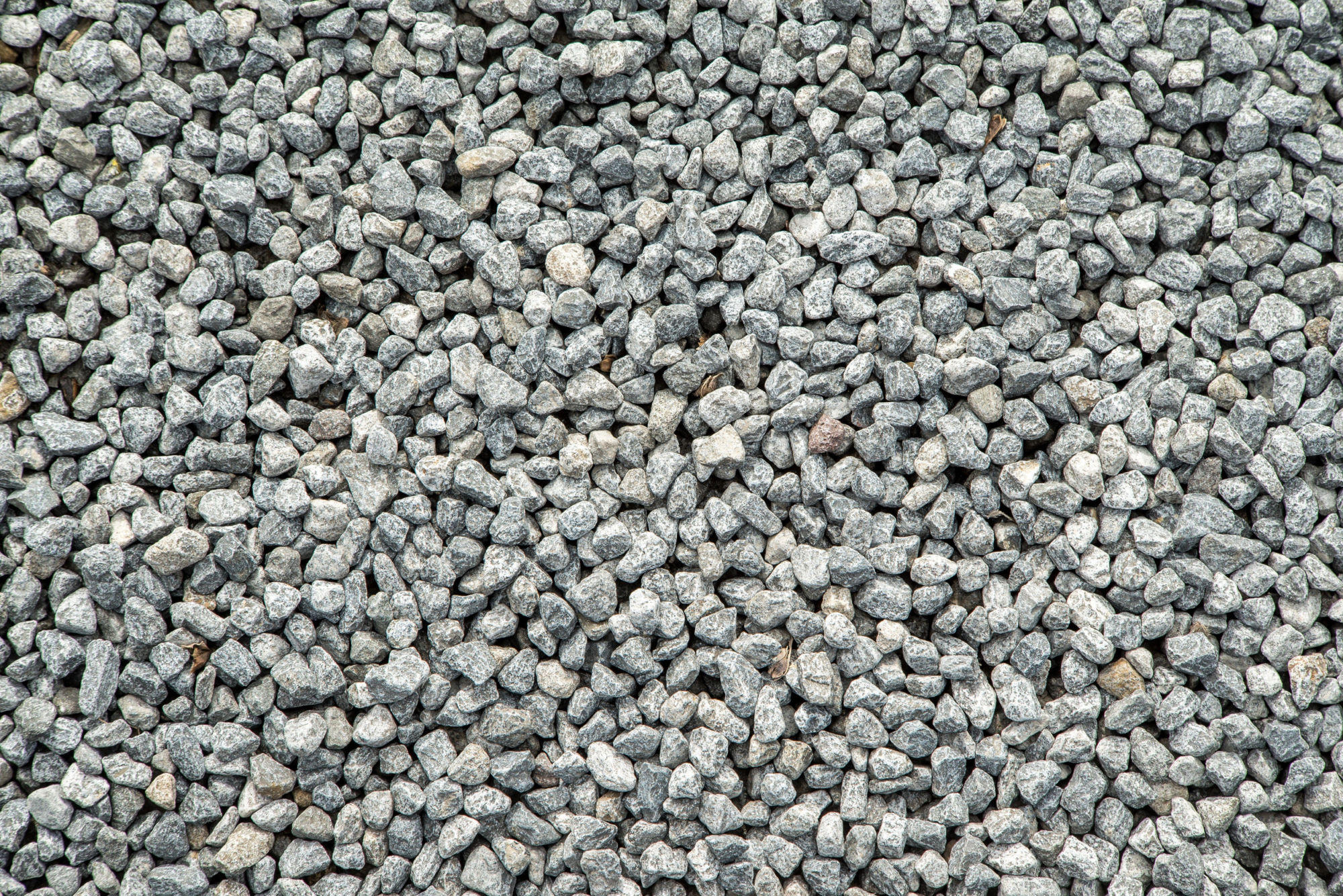Consistent structural integrity is crucial in the world of construction– you would be surprised how much small natural particles contribute to it. Aggregates, for one, are an essential aspect of creating concrete. By definition, they are a collection of loose materials, usually minerals. These make up more than half of a concrete volume (60% to 80% of it), the rest being water and air bubbles.
Aggregates are important in that they influence the compressive strength and gradation of its concrete mixture. The quality of the mix depends on what aggregates were used, how much, and where. A well-proportioned concrete mix will produce desired results depending on what is needed by the project.

Aggregates make all the difference in determining a concrete mix’s general quality.
Aggregates fall under two categories, which are coarse and fine.
Coarse Aggregates (particulates greater than 4.75 mm)
Coarse aggregates are standard rock particles and are quantifiable to a small extent. They can be characterized as either smooth, rounded, or angular (such as crushed stone).
Various Examples: stone chips, clinkers, coal, and crushed gravel.
Fine Aggregates (particulates that are less than 9.55mm)
Fine aggregates are often identified as sand particles. They act as an important workability agent for concrete mixes, and are often used in conjunction with coarse aggregates as “gap fillers”.
Various Examples: surki, river sand, powder, fly ash, crushed stone, and fine-crushed gravel.
Both play a key role in affecting the properties of concrete, but they differ from each other in cost and size. Coarse aggregates are a requirement for concrete creation, while fine aggregates stand as an optional but recommended ingredient for optimal output. Fine aggregates are also used for the creation of construction materials such as plaster and mortar.
Commonly-used Aggregates:
Aggregates are usually sourced from quarries and riverbeds. Their texture and quality may also depend on their origin location. Here’s a short list of the most commonly sought after aggregates for construction:
Category: Fine
Concrete Mix: Good for infrastructure and road construction.
Granular material composed of fine mineral particles. Usually found in rivers and deserts.
River Sand.
Granite
Category: Coarse
Concrete Mix: Good for concrete projects in general. Also popular with landscaping projects.
Popular construction material that is widely used for high-grade concrete and infrastructure projects.

Photo courtesy of StoneADD
Recycled Concrete
Category: Coarse
Concrete Mix: Good for infrastructure and road construction.
Crushed waste concrete that is known for its high absorption properties.

Recycled concrete. Photo courtesy of Environment + Energy Leader
Basalt
Category: Coarse
Concrete Mix: Good for prefab construction and infrastructure projects.
A natural aggregate that is commonly used for creating high strength concrete.

Basalt. Photo courtesy of Coverall Stone
Clinker
Category: Fine
Concrete Mix: Good for concrete projects in general.
Waste material that is 3mm in size and is produced as a side-effect of sintering.
Cement clinker.
Limestone
Category: Coarse
Concrete Mix: Good for concrete projects in general.
Crushed sedimentary rock commonly used in infrastructure and road construction.

Crushed limestone.
Gravel
Category: Coarse
Concrete Mix: Popular with road construction projects.
Crushed existing concrete that is known for its high absorption properties.
Pre-crushed gravel.
Knowing what to use and how much of it to use makes all the difference in a concrete mix. As far as quality is concerned, they must be free of anything that can affect their ability to bond or hydrate concrete. Aggregates should be clean, hard, free of contaminants, and clear of deterioration. Too many impurities can lead to outputs that are either too weak or too dangerous to use. Don’t take concrete making for granted, not just for the sake of the project, but for safety.
![]()











